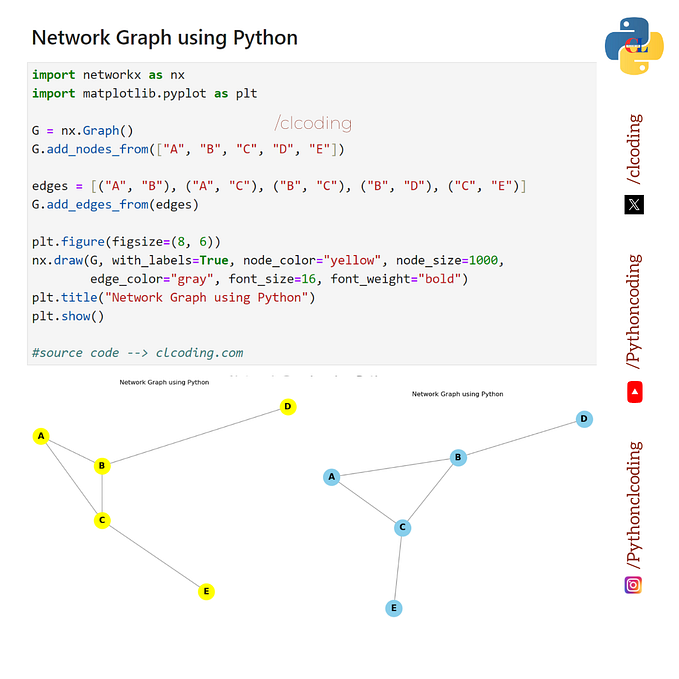Welcome back! From Part 1, we prepared our kinase by:
- Adding Hydrogens to Carbon and Hetereo-atoms
- Minimizing the hydrogens so they are in the most favorable state.
One important thing to note is when the PDB file is provided to you, you might see water trapped within the structure.

These waters are part of the protein structure and perhaps important to it’s shape. We want to retain these waters and not remove them as a solvent which is a key point.
For this part, we are going to take the waters, add hydrogens and minimize them in charmm. I grabbed all the water atoms out and placed them in their own separate PDB file available in the repository under step 2.
Let’s go ahead and setup our variables and the water segid is W00A which can be found in the PDB File:
ATOM 2692 OH2 TIP3 A 507 25.464 -5.700 -9.555 1.00 28.74 W00A
ATOM 2693 OH2 TIP3 A 508 -4.363 12.732 -3.532 1.00 26.53 W00A
ATOM 2694 OH2 TIP3 A 509 17.162 -11.054 -26.296 1.00 14.34 W00A
ATOM 2695 OH2 TIP3 A 510 0.915 -16.168 -28.743 1.00 15.09 W00A
ATOM 2696 OH2 TIP3 A 511 18.802 -21.089 -16.846 1.00 35.84 W00A
ATOM 2697 OH2 TIP3 A 512 29.821 -7.016 -29.030 1.00 28.65 W00A
ATOM 2698 OH2 TIP3 A 513 12.611 -18.802 -28.010 1.00 29.04 W00A
ATOM 2699 OH2 TIP3 A 514 -13.959 5.032 3.437 1.00 33.48 W00A
ATOM 2700 OH2 TIP3 A 515 15.195 -19.143 -24.569 1.00 30.33 W00A
ATOM 2701 OH2 TIP3 A 516 9.107 -21.531 -21.490 1.00 19.31 W00A
ATOM 2702 OH2 TIP3 A 517 5.754 3.176 -12.816 1.00 21.11 W00ARead it in in CHARMM:
! Inputs and Variables
!-------------------------
set in = water_xray
set segi = W00A
set out = results/step2_h_xwat
Next we want to pass in the topology (the atom types) and parameter (bonding and non-bonding forces) files and read them into CHARMM:
set toppar = ../toppar
set top = @TOPPAR/top_all22_prot.rtf
set par = @TOPPAR/par_all22_prot.prm
set watstr = @TOPPAR/toppar_water_ions.str
! Read Topology and Parameter Files
!----------------------------------
open read card unit 10 name @top
read rtf card unit 10
close unit 10
open read card unit 10 name @par
read param card flex unit 10
close unit 10 In FORTRAN, you assign a file a number or pointer to give an address when opening or closing the file. This is gives the rest of the code a reference number to look back too. In more modern languages this gets taken care of under the hood. Since we open the file and then close it after we can use the same number 10.
Some numbers are reserved so you might want to check the CHARMM documentation.
Read in the water stream file which are parametes for TIP3 (a method in how we model water) PDB and generate the molecules in CHARMM:
! Read Water Input
!------------------
stream @watstr
! Read Sequence Information
!---------------------------
open unit 10 read form name @{in}.pdb
read sequ pdb unit 10
generate @{segi} setup warn first none last none noangle nodihedral
close unit 10Read the coordinates and have a look at how CHARMM places the coordinates:
! Read Coordinate Information
!-----------------------------
open read card unit 10 name @{in}.pdb
read coor pdb unit 10 resid
close unit 10
! Print Heavy Atoms with Unknown Coordinates
!--------------------------------------------
coor print sele ( .not. INIT ) .and. ( .not. hydrogen ) end Build the hydrogens:
HBuild And then write your output files:
!----------------
! Write Files
!-----------------
open unit 10 write card name @{out}.pdb
write coor pdb unit 10
close unit 10
open unit 10 write card name @{out}.psf
write psf card unit 10
close unit 10
open unit 10 write card name @{out}.crd
write coor card unit 10
close unit 10
stopIn the end our PDB file looks like this:

In the next step, we will combine the two PDFs together to prepare our protein for minimization.







